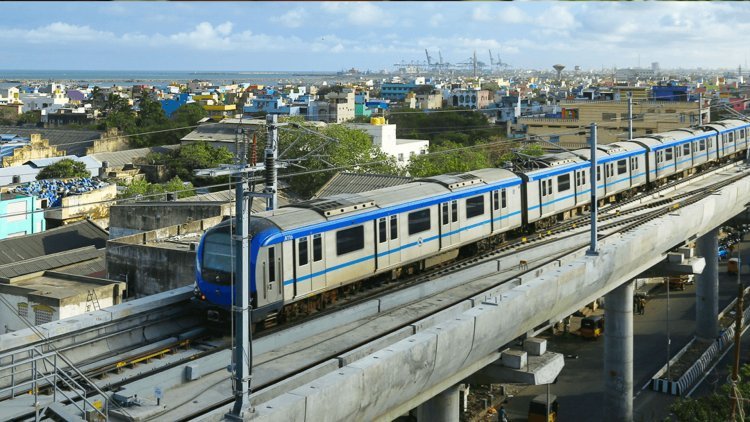Land prices increased by 8–10% in tier II cities with metro corridors: JLL
When a metro project is announced, while it is being built, and after it is completed, the land values of properties close to metro lines vary.

According to a JLL assessment, land prices in tier-II cities like Lucknow, Patna, Jaipur, Ahmedabad, Pune, Kochi, and Coimbatore have increased by about 8 to 10 percent as a result of the construction of metro corridors in these cities.
Real estate is always directly impacted by the effective deployment of any metro corridor since it increases land value, changes in land use, and increases densification along the corridor. Examples of transportation systems that significantly reduce traffic congestion include metros and monorails. As a result of consumers' increased willingness to pay more for convenience, it was said that projects planned in the neighbourhood will witness an increase in the value of urban real estate.
"We examined the pace of change or the change in value of land over time. When a metro project is announced, during construction, and after it is operating, rates are subject to change. According to A Shankar, Chief Operating Officer and Head of Strategic Consulting and Valuation advisory, India, JLL, the average land growth in these tier-II cities is between 8 and 10 percent.
The central government proposed Metro Lite, Neo-Metro, and Water Metro in Tier-II cities like Lucknow, Patna, Jaipur, Ahmedabad, Pune, Kochi, and Coimbatore to provide an effective mass public transportation system outside of metropolitan areas. This was done because metro rail transit plays a significant role in intracity transportation.
"Due to the increase in projects along the routes, both the residential and commercial markets have experienced consistent expansion along the metro corridors in tier-II cities. Landowners near newly constructed metro corridors can often demand a premium of 5-7 percent, and communities that are already well connected to metros can typically demand a premium of 8-10 percent. Additionally, compared to the construction and planning phase, it has been seen that land values have increased after the metro's operation, rising by an average of 5% annually in comparison to other places, he added.
According to a JLL assessment, residential property prices in South Delhi have increased by 15-20% over the last five to six years, while rates in Hyderabad's micromarket of Corridor-I and Corridor-III have increased by 15-20% from 2018 to the first quarter of 2022.
Land prices in Chennai's Anna Nagar second avenue and Thirumangalam neighbourhoods rose by 15 to 35% closer to metro stations. Rates increased 8–10% in Bengaluru's CBD micromarket as well as a select SBD areas like Indiranagar, CMH Road, Jayanagar, Malleswaram, Yeshwanthpur, and Rajajinagar as soon as the east-west and north-south corridors were made accessible to the general public.
A 32.92 kilometre metro line in Patna, India, is being built as of 2020. A DPR for the expansion of a 48km Metro line has also received approval from Nagpur Metro. The DPR preparation phase is also underway for Coimbatore Metro.
By 2025, metro services will be available in Agra, Meerut, Kanpur, Ahmedabad, Kochi, Pune, and other cities, according to the Union Budget 2022. Both the 118.9 km Kochi Metro Railway Phase 2 and the 118.9 km Chennai Metro Railway Phase II would receive finance from the government. Phases 2A and 2B of the Bengaluru Metro Project will receive financing totaling Rs 14,788 crore. According to the evaluation, the Nagpur Metro Project Phase II and the Nashik Metro Project would receive respective funding amounts of Rs 5,976 crore and Rs 2,092 crore.




 admin
admin 




















